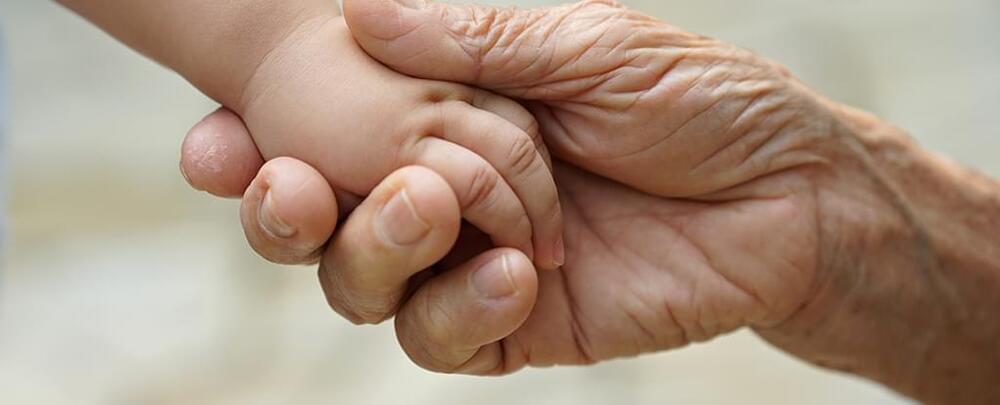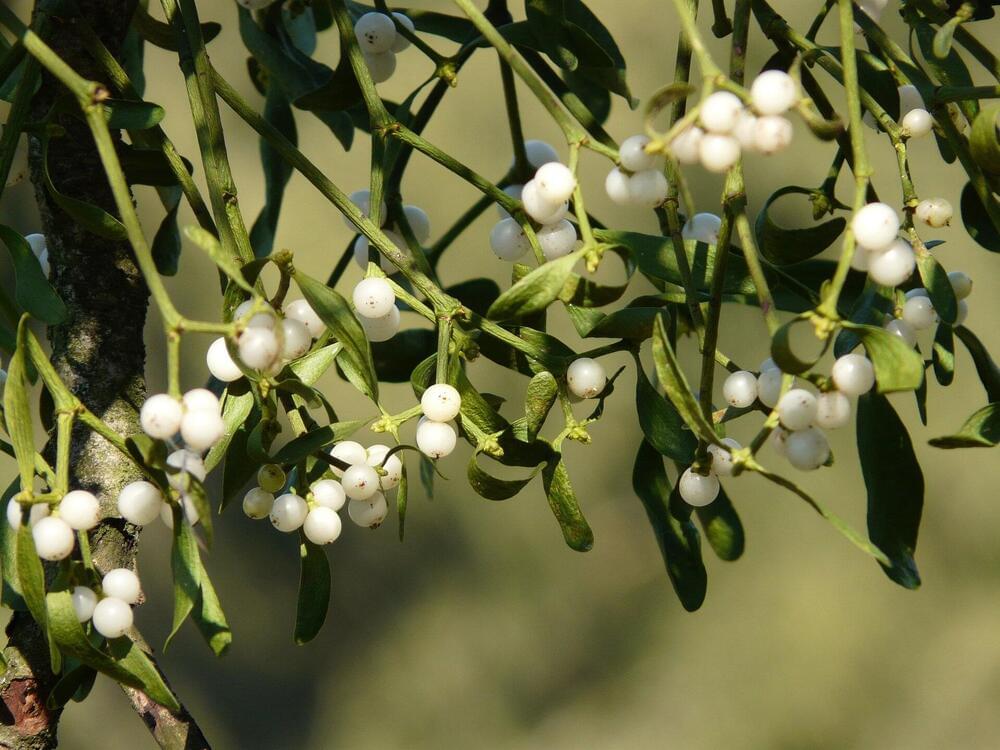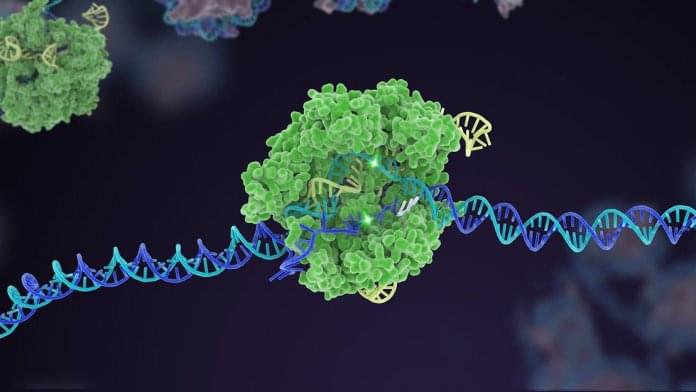A device developed at the University of Florida for the U.S. military provides protection from mosquitos for an extended period and requires no heat, electricity or skin contact.
The controlled-release passive device was designed by Nagarajan Rajagopal, a Ph.D. candidate and Dr. Christopher Batich in UF’s Department of Materials Science and Engineering in the Herbert Wertheim College of Engineering. It recently was tested successfully in a four-week semi-field study at the U.S. Department of Agriculture in Gainesville in a collaboration with Dr. Daniel Kline, Dr. Jerry Hogsette and Adam Bowman from the USDA’s Center for Medical, Agricultural and Veterinary Entomology.
Results showed the controlled release of the repellent transfluthrin was effective in preventing multiple species of mosquitos from entering the testing site. Transfluthrin is an organic insecticide considered to be safe for humans and animals.






